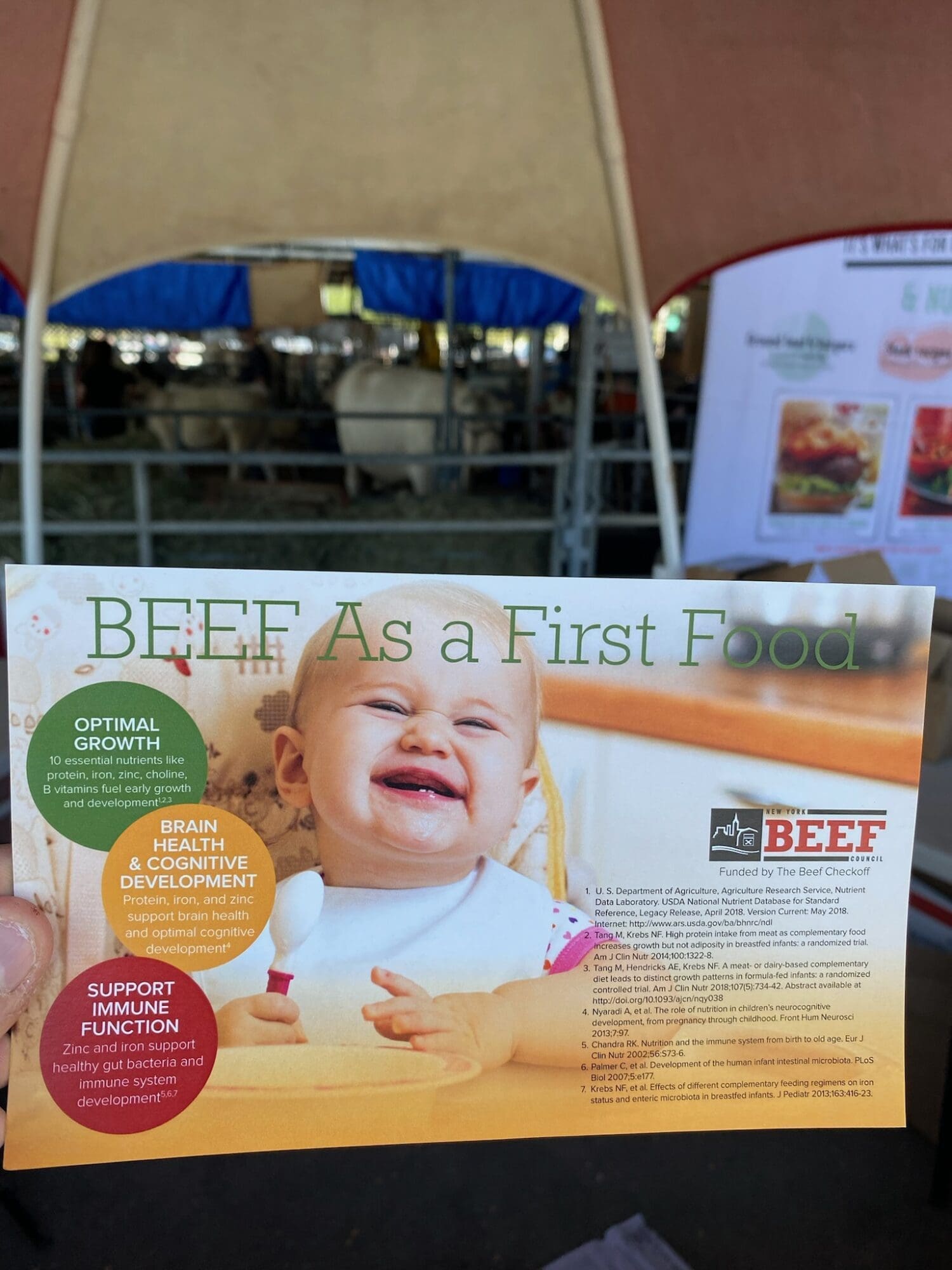In a world where the relationship between humans and animals continues to evolve, the use of animals for work raises pertinent ethical questions that deserve meticulous examination. While certain perspectives consider working animals as integral partners in human endeavors, there lies an undercurrent of exploitation that complicates this narrative. This exploration delves into the historical context, ethical considerations, and modern implications surrounding the utilization of working animals.
The notion of working animals has been prevalent throughout history. From the steadfast horses that plowed vast fields to the diligent dogs that herded livestock, these creatures have played significant roles in agrarian societies. Their utility often engenders admiration and respect. However, beneath this admiration lurks the potential for exploitation. As we examine the historical tapestry of working animals, it becomes clear that their contributions came at a cost—often their freedom and autonomy.
Historically, the dichotomy of partnership versus exploitation can be traced to the domestication of certain species. In many cases, animals were bred and conditioned for specific tasks. This evolution highlights a sort of anthropocentrism, an inclination to prioritize human needs above the intrinsic rights of animals. Notably, the term “working animal” itself can be misleading. It may conjure images of animals performing willingly alongside humans, yet, often, these creatures are subjected to rigorous training, confinement, and laborious conditions. This begs the question: at what point does a fair partnership meld into exploitation?
In contemporary times, the roles of working animals have diversified. From therapy animals offering emotional support to service dogs assisting individuals with disabilities, the concept of work has expanded. This evolution is commendable yet raises complex ethical dilemmas. On one hand, working animals used in therapeutic settings are often treated humanely, their needs considered in the context of their service. Yet, this can also mask the darker realities faced by other categories of working animals, particularly those utilized in industries such as entertainment, research, and agriculture. The juxtaposition of these varied roles often leads to a cognitive dissonance amongst animal lovers and advocates alike. How can one champion the rights of a therapy dog while simultaneously acknowledging the distressing conditions of those in a circus?
The relationship between humans and working animals is further complicated by the variables of consent and choice. Unlike humans, animals cannot vocalize their desires or objections in ways that society recognizes. Their lack of a voice often relegates them to passive roles within partnerships, leading to situations where their well-being is secondary to their utility. This disparity raises critical concerns regarding the ethical implications of our reliance on them for labor. Moreover, it highlights a fundamental contradiction: how can a society that espouses compassion and ethical treatment of all living beings simultaneously engage in practices that may undermine those principles?
Furthermore, the cultural attitudes surrounding animals contribute to this ongoing dilemma. In many cultures, working animals are revered and respected for their abilities. Celebrations commemorating their contributions emphasize a sense of mutual respect. Nevertheless, in less progressive environments, working animals may be regarded merely as property, devoid of rights. This perception fuels industries that exploit them in ways that starkly contradict the ideal of partnership. The widespread neglect of animal welfare legislation underscores a need for societal reflection and reform.
Analyzing the role of working animals in agriculture reveals an illustrative case study. For centuries, horses, oxen, and donkeys have been the backbone of agricultural productivity. In regions where mechanization is not feasible, these animals are indispensable. Yet, the grueling demands placed upon them can lead to chronic suffering and injury. This scenario complicates the idyllic image of a harmonious relationship. The labor expectations imposed on these animals often outstrip what could be considered fair partnership, especially in cases where welfare standards are inadequately enforced.
The rise of technology presents both a challenge and an opportunity for animals in the workforce. As automation increasingly infiltrates various industries, the reliance on working animals may diminish. This transition raises important questions about the fate of those animals traditionally employed in these roles. Will they be afforded retirement and a peaceful existence, or will they become casualties of progress? These questions necessitate a moral inquiry into how society values its working animals—a consideration that is frequently overlooked in discussions centered solely on economic efficiency or productivity.
To advocate successfully for animal welfare within the context of working animals, it is essential to cultivate a society that recognizes the complexity of their roles. Education plays a pivotal part in reshaping perceptions and understanding the nuanced relationship between humans and animals. By fostering empathy and respect, individuals can begin to reconsider the actions and policies that govern the treatment of working animals.
Ultimately, the dialogue surrounding working animals must transcend simplistic binaries. It requires a comprehensive approach that respects their capabilities while also acknowledging their rights. Through critical analysis and a commitment to ethical standards, society can work towards a model of partnership that eschews exploitation. A balance can be achieved, one where the symbiosis between human and animal is celebrated, ensuring that their contributions are honored without compromising their welfare or dignity.
In conclusion, the exploration of working animals as a realm of fair partnership or exploitation should serve as a catalyst for deeper reflection on societal values and ethics. Recognizing the complexities inherent in these relationships is essential for crafting a future that respects both the contributions and the rights of working animals. The evolution of this relationship may define our broader understanding of animal welfare, compassion, and justice in a world that continually strives for ethical progress.










